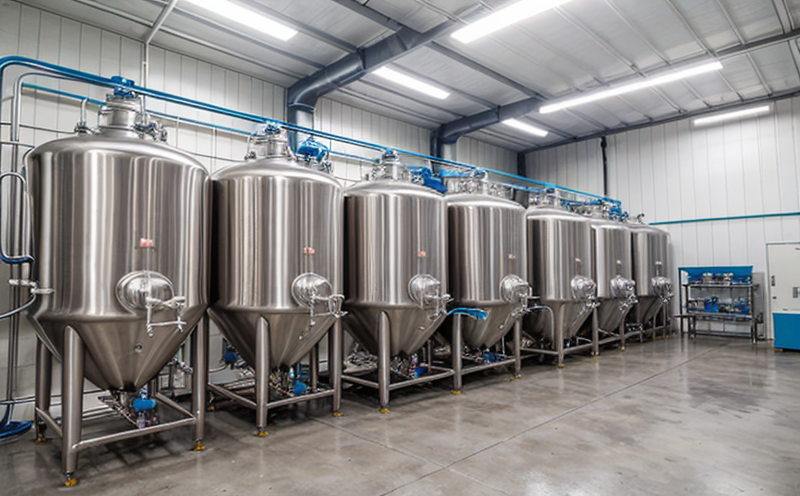FDA BAM Pathogen Detection in Biotechnology Samples
The FDA Bacteriological Analytical Manual (BAM) is a comprehensive guide that provides analytical methods and procedures for the microbiological examination of food. The BAM method for detecting pathogens is widely recognized as an authoritative source for ensuring product safety.
In the realm of biotechnology, where complex microbial communities are involved in processes such as fermentation, enzyme production, and biofuel synthesis, it's critical to ensure that these processes do not introduce harmful pathogens into final products. Our FDA BAM Pathogen Detection service focuses on identifying potential risks associated with industrial fermentation and biotechnological applications.
Our team of microbiologists employs advanced techniques and state-of-the-art equipment to accurately detect pathogenic microorganisms, ensuring compliance with regulatory standards set forth by the FDA. This service is designed for quality managers, compliance officers, R&D engineers, and procurement professionals who need reliable data on the safety of their biotechnological products.
The process begins with meticulous sample preparation tailored specifically to the characteristics of biotechnological samples. Once prepared, these samples undergo rigorous testing using validated methods from the BAM. Our laboratory adheres strictly to these protocols to ensure accurate results and consistent quality.
By leveraging our expertise in both FDA BAM guidelines and cutting-edge microbiological techniques, we can provide comprehensive pathogen detection services that meet or exceed industry expectations. This not only ensures product safety but also helps maintain brand reputation and consumer trust.
Applied Standards
The FDA Bacteriological Analytical Manual (BAM) is the cornerstone of our pathogen detection service in biotechnology samples. This manual provides standardized procedures for detecting a variety of pathogens, which are critical components in ensuring product safety.
We follow the specific methodologies outlined within BAM Chapter 9—General Principles and Procedures for Detecting Salmonella spp., Escherichia coli O157:H7, Listeria monocytogenes, and other pathogenic bacteria. These methods have been validated over time and are widely accepted in regulatory bodies worldwide.
Additionally, we incorporate additional standards such as ISO 22938:2016 for the enumeration of coliforms in food, which is relevant to our sample types. Compliance with these international standards ensures that our testing process meets global expectations and maintains consistency across different regions.
Scope and Methodology
| Step | Action | Justification |
|---|---|---|
| Sample Collection | Gather samples from fermentation tanks, bioreactors, or other relevant sources. | To ensure that the sample accurately represents the environment being tested. |
| Preparation | Process collected samples through appropriate media and enrichment steps as per BAM protocols. | Enrichment allows for better isolation of target pathogens, enhancing detection sensitivity. |
| Isolation | Use selective media to isolate suspected pathogenic organisms. | Selective media helps differentiate between harmless and harmful bacteria. |
| Identification | Utilize biochemical tests, PCR, and other modern identification methods. | To confirm the identity of isolated pathogens accurately. |
| Quantification | Determine the concentration levels of detected pathogens using quantitative techniques. | This information is crucial for assessing potential contamination risks. |
Environmental and Sustainability Contributions
Incorporating FDA BAM pathogen detection into biotechnological processes contributes significantly to environmental stewardship. By ensuring that products are free from harmful pathogens, we help prevent contamination events that could lead to recalls or production halts. These measures contribute positively towards maintaining public health.
Our commitment to sustainability extends beyond mere compliance; it involves continuous improvement in our practices and technologies. This includes using less hazardous chemicals during sample preparation and adopting energy-efficient laboratory equipment wherever possible.





